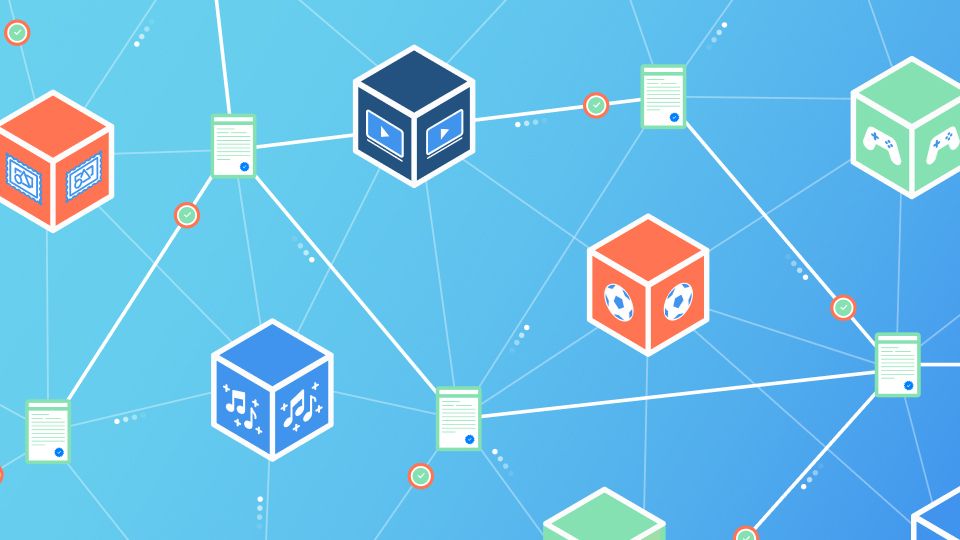
In the wake of the COVID-19 pandemic, a new revolutionary technology has emerged that can propel growth of companies around the world. It is the new version of the internet called Web3 where users dive into immersive worlds, build virtual lives, do away with middlemen in transactions, and much more.
This new technology discards the current model where users download and use free apps in exchange for companies collecting and monetizing their data (referred to as “Web 2”) and instead is powered by decentralized blockchain technology where data is owned and controlled by the users.
The innovations within Web3 are revolutionary, fast emerging and seen as the future of the internet. Notably, cryptocurrencies (i.e. Bitcoin and Ethereum), non-fungible tokens (NFTs) and immersive worlds called metaverse dominate news in emerging markets. Major global brands are investing significant resources into the development of their own virtual worlds, stores, games and products, and have yielded leaps in revenues soon after.
Analysts are also projecting that the metaverse, a part of Web3, will continue to grow and become a $30 trillion marketplace in the next 10 to 15 years. Companies of all sizes, regardless of the industry, will have opportunities in the coming years to be involved and carve out their space within the marketplace. Companies planning their Web3 entry will need to make fundamental changes to their organization first and be in the right mindset to set themselves up for success. We talked to Richard Walker, Deloitte’s strategy principal for Blockchain, and he provided us insight into organizational changes needed for Web3.
Organization Needs Education, Understanding, Awareness
Your company may be attracted by the potential growth and revenues from this new space, but it is important for the whole organization to be educated first and understand it completely. Web3 is the future of commerce, and it is paramount that all leaders in your organization are aware of what it means to go into Web3 in your business landscape and industry. There are executive boot camps that companies can sign up for which break down the components of Web3, define what it means and explain in the context of a company’s industry.
This helps in understanding the current landscape and technology of Web3 and how they can make use of it to augment their day to day operations. At present, no one has the answers yet on what the whole Web3 ecosystem will look like and how it will impact our lives, but it will be an advantage for any organization to take the first step into learning this new technology in its infancy stages to be able to reap the benefits in its full formation.
Aligning Web3 to Your Objectives
Before going into securing domains, speaking to IT personnel, choosing a wallet and so on, companies should get started by first learning the potential of Web3, what it stands for and the good that it will do to the organization and industry. Enterprises must adopt an internal cultural change in their organization. Ideas for their Web3 entry must align and complement their specific plans. Whether it be adopting cryptocurrency in your operations, going into smart contracts via blockchain tech, creating NFTs for virtual duplicates of your products, or entering into metaverse worlds, it should reflect the company’s core mission, vision and goals.
Often it is a misconception that having current teams to work on companies’ Web3 entry will be enough – because it is not. Companies can’t do Web3 with their current traditional work structures, models and talents. Certain adjustments – such as having the right set of talents and skills specializing in this new technology – must be observed and embraced by the organization for your Web3 venture to succeed.
Getting Everyone ‘On Board’ and Shortening Cycle Times
This is probably the hardest step of all. It is challenging to meet and align everybody’s interests. The bigger the organization, the harder the alignment. This is why major brands have taken the bold and fast pivot to enter the Web3 space this early in the game, to compete with the startups that are agile in penetrating new technologies and markets. It is an obstacle, but it can be done right if the entry to Web3 and the company mission are strongly aligned, and if the leadership truly believes in the new technology.
During our interview, Walker noted that it is essential that people across the board in the organization adapt to the changes of the new technology and the changes in productivity measures that come with it. In the current business landscape, you figure out how to do one thing by doing it repetitively.
In the new agile model, enterprises focus on how they do things and do many things at once to catch up, innovate and drive change in the organization. “It is important to have the ability to prepare the culture, change the incentives and make it safe for the organization to achieve our objectives of our adoption of Web3,” Walker said, citing that inviting people in the organization to personally try and engage in Web3 will help in bringing them on board with the organization’s plans.
Offering Uplift in Talent Experiences
An organization is composed of people working towards a shared goal. Organizations can provide their employees different scholarship programs to courses in colleges and universities focusing on Web3 and new and future technologies. Employees who are educated in the workings of Web3 can generate a “shared awareness” within the organization and help the company embrace the good practices, platforms and capabilities that are key for their move into adopting Web3.
Gigster specializes in Web3 and its applications such as cryptocurrencies, NFTs and metaverse, and we can help you get started and guide you along your way to a successful Web3 adoption. Let your organization work smart by getting support and coaching from our managed talent network, making for a smooth, error-free entry into the new world of Web3.
